March 7, 2022
Vivara island, the natural riserve between Ischia and Procida
Peaceful, wild, almost untouched. Let’s leave the colours and lively joy of Procida behind for a moment and dive into the green and quiet that is Vivara.
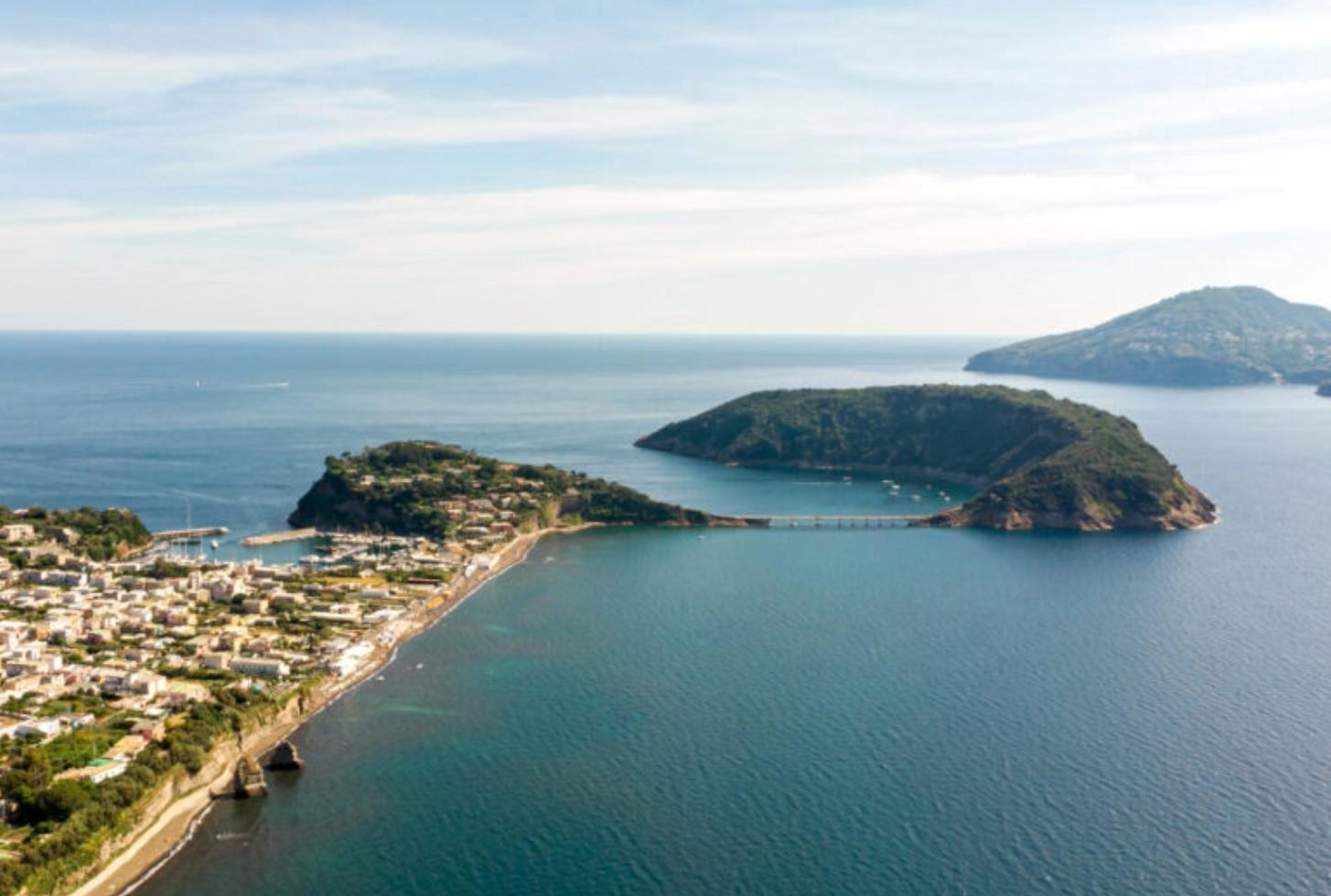
A protected oasis and a national state nature reserve since 2002, the island of Vivara is a crescent-shaped rocky tongue, rich in wildlife and Mediterranean vegetation: 32 hectares of pure nature. The smallest of the Flegrean islands emerges as a hook between Ischia and Procida, and is connected to the latter by a 362-meter-long bridge: until 2014 it was listed in the Guinness Book of World Records as the longest Tibetan bridge in the world.
The history of the island of Vivara
Beautiful, disputed and long abandoned. Vivara’s story is almost like a troubled love story, with the ending still uncertain.
The island is what remains of an ancient underwater volcanic crater, going back to more than 50,000 years ago. Originally it was connected to Procida by a high cliff, now completely submerged under the sea (the current Gulf of Genito. The waters inside the gulf formed an almost completely closed water basin, which the Romans used as a fish nursery: the vivarium, from which the name of Vivara probably derives.
The first settlements can be traced back to the Mycenaeans, peaceful colonizers who inhabited it permanently around the fourteenth century. B.C. In the same period, Vivara was used as a strategic mooring site for ships that traded between the Tyrrhenian and the Eastern Mediterranean, but it remained uninhabited for almost two millennia.
In the 1700s the Bourbons, at the request of King Charles, populated it with game and Vivara became a hunting reserve.
In the 19th century it passed to the municipality of Procida, which rented it as agricultural land. A significant part of the native vegetation, in particular the ancient oak forest, was razed to the ground to make way for the cultivation of vines and olive trees. The island was thus exploited for agricultural purposes until the end of the 1960s, when it was then abandoned and invaded again by wild vegetation.
In 1940 it was sold to the Albano Francescano foundation, and then returned in recent times to the heirs of the former private owners.
After having risked being sold to a private company for tourist-accommodation purposes, in 1974 it was declared an Oasis of natural protection and since 1979 it has been subject to archaeological restrictions. By decree of the Ministry of the Environment, in 2002 the island of Vivara became a State Nature Reserve, accessible only for environmental and scientific research reasons.
In recent years it has occasionally been open to the public and today, after a long legal battle, it can finally be visited.
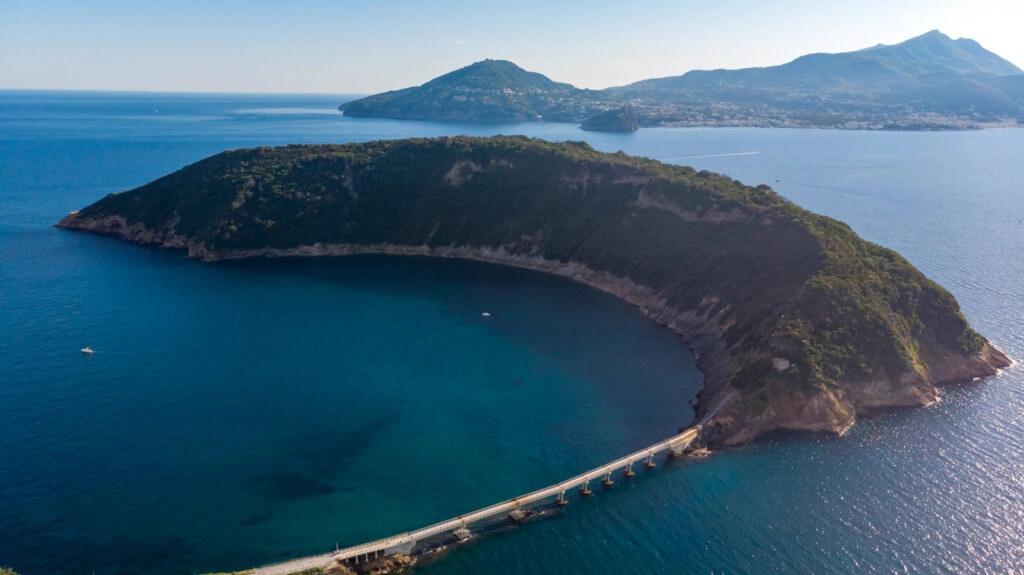
The fauna and flora of the nature reserve in Vivara
Vivara is a true earthly paradise for many species of animals. The visit to the island offers the possibility of an easy trek through unspoiled nature, with the possibility of encountering rabbits, rare butterflies and birds such as the sparrow hawk or the jay. It is possible to observe over 100 species of birds, including sedentary ones and those of passage, which, especially in spring, find a safe and protected refuge in the dense vegetation.
Here we find the maximum expression of the classic Mediterranean scrub: holm oaks, olive trees, brooms, wild myrtle, prickly pears. Each season has its flowering: at the end of February the heather and the narcissus, then move on to the myrtle in June, the fragrant wild jasmine and, at the end of the summer, the inula and the strawberry tree. Spring and autumn could be the ideal times to visit Procida and Vivara.
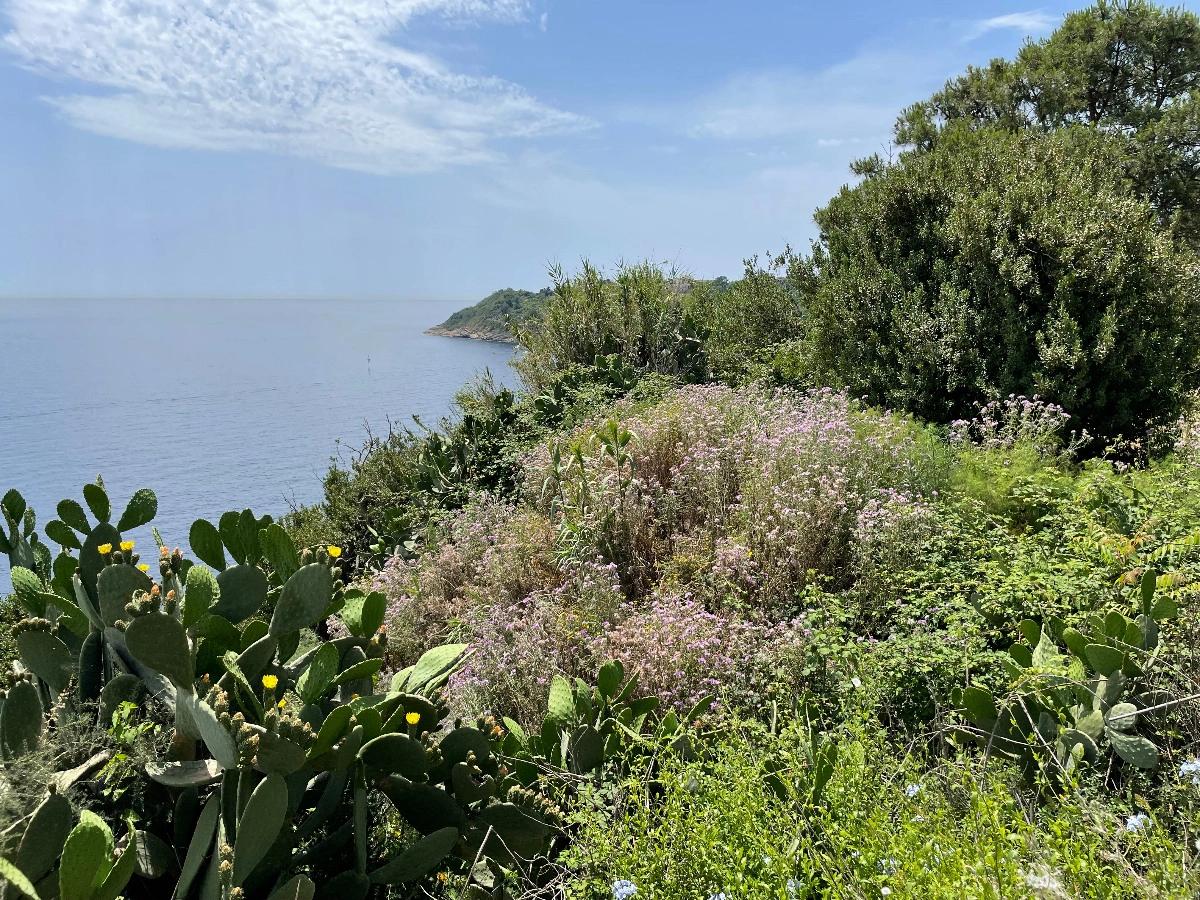
How to reach the island
How do you get to Vivara? The only access point to the island is a conduit to transport water, built in 1957 and only became pedestrianized in recent years. Many call it the Tibetan bridge, probably due to its length and its almost “suspended” appearance over the water. The bridge is accessed via the promontory of Santa Margherita, near the Marina di Chiaolella south-west of Procida.
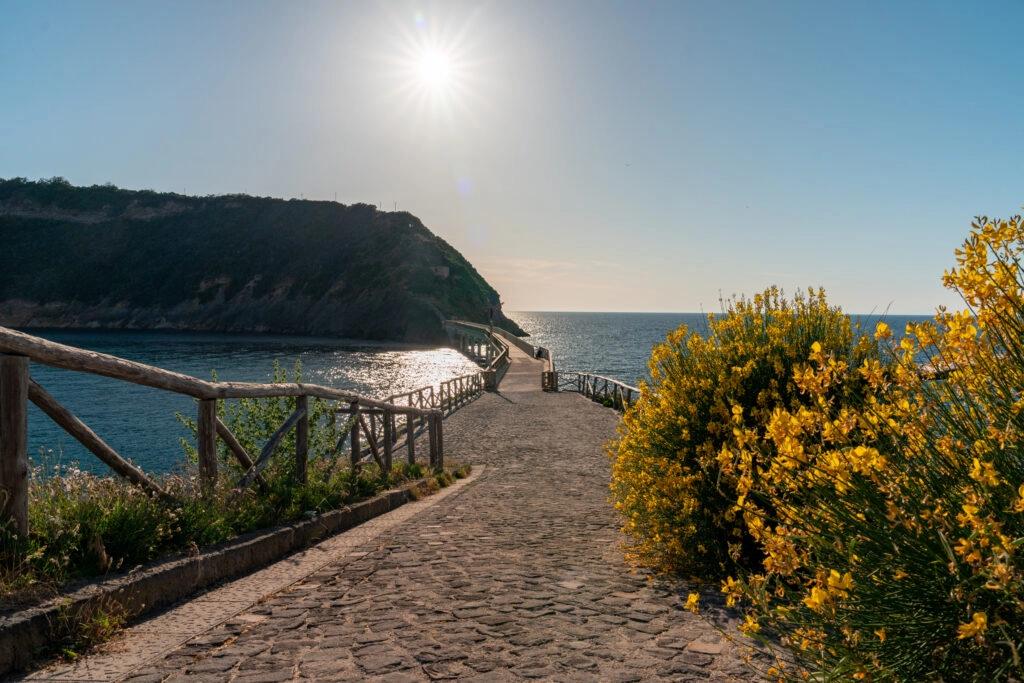
What to see on the island of Vivara
The excursion to the island is a total immersion in nature, crowned by splendid panoramic views that open suddenly. There are no beaches in Vivara and the coasts are high and rocky. Walking along it you can see on one side the thousand shades of green of the Mediterranean scrub, on the other the intense blue of the sea. The only sounds are the light rustle of the wind among the shrubs and the harmonious chirping of birds, interspersed with the roar of the waves breaking on the rocks. In the air you can perceive the scent of wild myrtle that mixes with the salt.
In addition to the lush nature, in Vivara you will come across some interesting, totally abandoned finds, which give the island a touch of mystery:
- the house of the Corporal, home of the keeper of the island in the Bourbon era
- the farmhouses, built in the 1600s and positioned at the highest point in the center of the island, which retain cellars, ovens and oil mills of the time
- unmissable a stop at the Tavola del Re, a belvedere located in the southernmost point of the island, from where you can admire an extraordinary view of Vesuvius and the islands of the Gulf of Naples: Procida, very close, Ischia with its Aragonese castle and, in the distance, the profile of Capri.
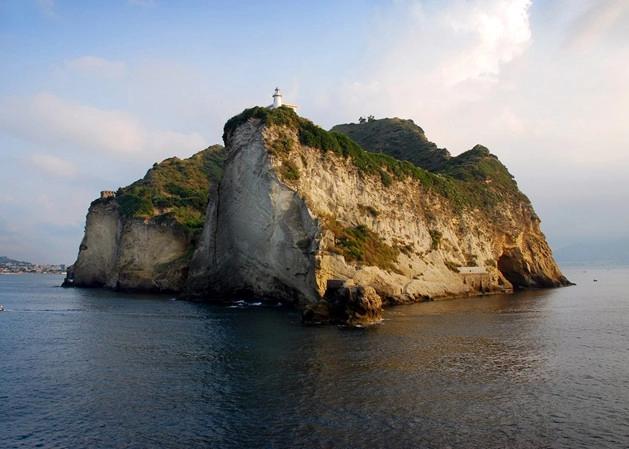
Useful tips for the excursion to Vivara Island
The reserve can be visited from Tuesday to Sunday ONLY by prior appointment, which can be made through the official website of the Riserva Naturale Statale Isola di Vivara.
Visitors must be accompanied by a nature guide and groups must not exceed 25 people.
Timetable:
- 8.30 am and 5 pm (summer, from 1.6 to 14.9)
- 9.00 and 11.30 (winter, 15.9 to 30.05)
The entire island can be visited in about three hours, following the main path that starts from a staircase built in the 1930s to welcome the visit of Princess Maria Josè, wife of Prince Umberto. The path links the two ends of the island, Capitello (just in front of Procida) and Punta Mezzogiorno.
The excursion is simple but you have to pay attention to some details:
- always use closed shoes
- bring water, there are no springs or bathrooms on the island
- bring repellent and sunscreen, to be used before entering the reserve
- being a nature reserve, nothing can be taken away or left behind traces.
From our resorts you can reach the island of Vivara by hiring our e-bikes or by taking the L1 bus line. Our staff will be happy to give you all the necessary directions!

Footer
Mille Immobili s.r.l.
Via Santa Brigida 51
80133 Napoli (NA)
Tel. 0818101112
P.Iva: 02360120600
ㅤ
CIN La Caravella IT063061B2RBTWOJJ2
CIN Ciraccio IT063061B3HAZG59H4
ㅤ
